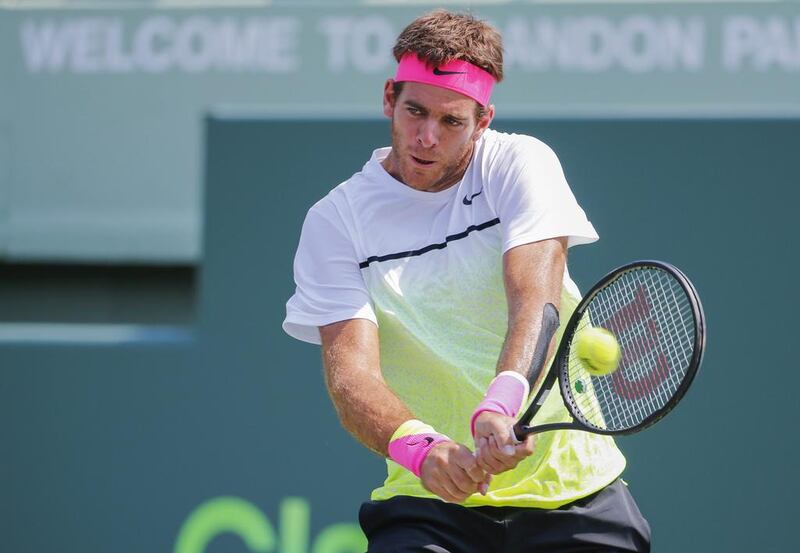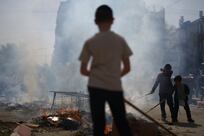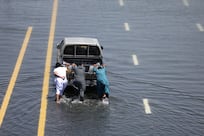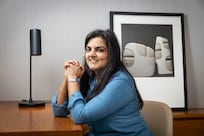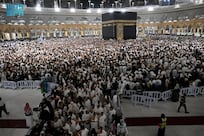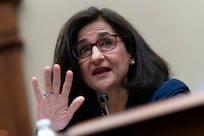In Mahabharata, the Sanskrit epic of ancient India, there is a character named Eklavya, who was asked to give up his right thumb in gurudakshina (a teacher’s fee) by Dronacharya because he was a better archer than his favourite pupil, Arjun.
Juan Martin del Potro seems a lot like Eklavya.
He is destiny’s forsaken child, a modern-day Achilles whose wrists have become his heels and almost killed what looked like a glorious career in the making.
A lowly 65 in the world rankings as he exited the 2008 Wimbledon championship at the second-round stage, he rose to No 17 just three months later, and was a quarter-finalist at the US Open.
In 2009, he was in the last eight of the Australian Open before losing to Roger Federer. At Roland Garros that same year he went a step farther, but lost once again to the Swiss, the eventual champion, in five sets.
RELATED:
[ — Sharapova sure to welcome Europe’s clay after a tough spell on American hard courts ]
[ — Verdasco stuns Nadal in Miami as Murray nears 500th career win ]
Del Potro did get his revenge in the 2009 final at Flushing Meadows, beating Federer in five sets to interrupt the dominance of the game’s Big Three at the time: Federer, Rafael Nadal and Novak Djokovic.
Overnight, Del Potro became a sensation.
“That man with four names” was now the “Tower of Tandil”, after his birthplace, and being lauded as a future world No 1.
But fate was to strike a cruel blow.
A few months after his US Open triumph, Del Potro had surgery on his injured right wrist and missed most of 2010, which saw his ranking slip from No 4 to 485.
It took him three years to rediscover his best form to re-enter the top 10, then injury struck again.
Del Potro was forced to retire from his first-round match against Somdev Devvarman in Dubai with a left wrist injury and that was his last court appearance of 2014 as surgery and another lengthy recuperation period followed.
He made a return in Sydney at the start of the year, but was forced to withdraw from the Australian Open and have a second surgery on the same wrist in January.
Having slipped to No 616 in the rankings, Del Potro is making another bid to return to the big league. Though he lost 6-4, 7-6 to Vasek Pospisil on his return in Miami last week, Del Potro looked far from downbeat.
“I always wanted to win another grand slam, be top 3, maybe No 1,” he said. “Now, I just want to play tennis again.
“It doesn’t matter if I will be top 10 or top 100, I don’t care about ranking. It doesn’t matter how long it takes me to be in the top again, I just want to play tennis and without pain.”
The Argentine knows it will be a long time before he can hit his trademark backhands again pain-free, but he is determined.
Before and after every match, or practice session, he has to have up to an hour of physiotherapy.
“I think it’s the most important to be patient and stay calm, and also try to be positive,” he said. “I got depressive for a while in the past, but in the end, I want to play tennis. If I have to learn a different backhand to keep playing, I will do it.”
[ arizvi@thenational.ae ]
Follow us on Twitter @NatSportUAE
